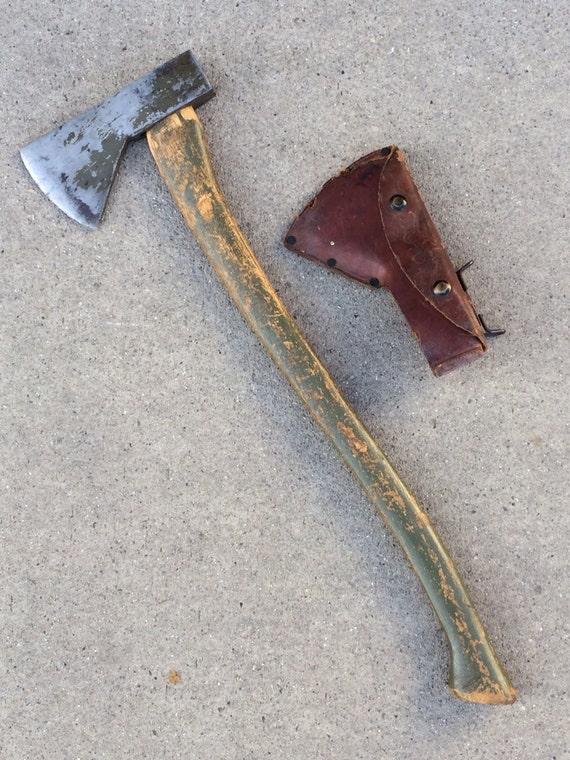It was the discovery of North American hickory that enabled the creation of smaller eyes. No European wood could hold up to the impacts of wood cutting like hickory can. Still today most European axes have larger 'D'-shaped eyes and ash hafts. Ash is good handle wood - just not as good as hickory. Tool design has to take that into account. Socketed eyes are one way they dealt with the lack of excellent haft wood.
Thank you,it makes perfect sense that it be so.
Now,i know that you guys really did a bunch of thinking and diagramming back in the beginning,determining the loading inside the eye.
Somehow i can't help wondering if the brunt of the load is not against the poll-side(in regular use,not the rocking to free the stuck tool).
That's just intuition,but also nthere're some historic axes where the poll was peculiarly extended,i always wondered if those people did not try to ameliorate that same HB not enough eye trouble...
Here's a drawing of a cool artefact,a so-called "Baltic" axe(i believe by Peter Johnsson):http://www.bladesmithsforum.com/ind...attach&attach_rel_module=post&attach_id=27694



